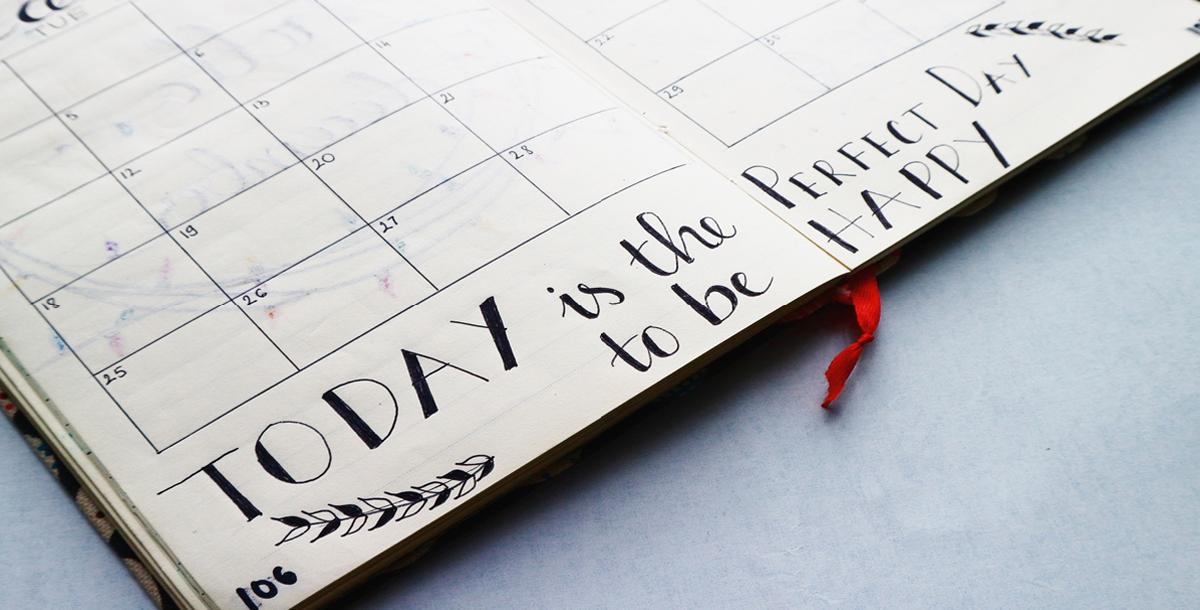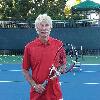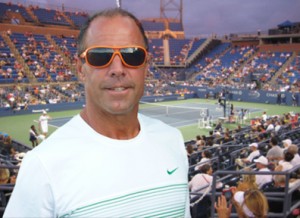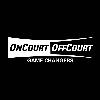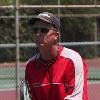Presented on US Sports Net By Game Planner Pro!
Enter Code USSports to save 10% Off the annual subscription Learn more...
Game Planner Pro takes football coaching preparation to a whole new level.
Help A Hard Working Student-Athlete Excel On and Off the Field! Give To US Sports Network's Student-Athlete Outreach Program. Your donations will fund scholarship, strength and conditioning, and family assistance programs for under-served student-athletes around the world. Also Financial Aid for Student-Athletes' college choice and expenses incurred during each semester. No amount is too much or too little! Click here to give. Thank you for caring.
Hello everybody, here's a video with my game.I hope you enjoy it! Contact : m.pods1234@gmail.com
Now this from CoachTube Tennis!
How to Become a Mentally Strong Tennis Player
True Mental + Physical Game
“Tennis is mostly mental. Of course, you must have a lot of physical skill, but you can’t play tennis well and not be a good thinker. You win or lose the match before you even go out there.” This observation comes from one of my favorite tennis players of all-time, Venus Williams. At one time, Venus was one of, if not the most, dominant female tennis players on the world. Unfortunately, health conditions have forced her to adjust her playing strategy. No longer can she keep overpowering her opponents for multiple sets in a row. She has been forced to adopt a more measured, strategic approach to her game. Tennis is mental and physical. You can’t have one without the other and expect to be effective. Numerous times I’ve seen players with incredible physical attributes get beat by less physically talented players that are more in tune with the mental aspects of the game. A good balance of mental and physical focus is vital to one’s success in Tennis.Concentrated Effort
Tennis can be a difficult game to master depending on how interested you are in it. With this said, concentration can become a major road block depending on how immersed you are in the sport. First off, I’ll start with the matches. Depending on the age level, matches can vary from a couple of games to multiple sets. As a result, they can drag on for longer periods of time with little opportunity to relax. Along with this, momentum can easily change over the course of a match. You must retain concentration for the entirely of the match to prevent lapses. One thing I’ve found to be useful in this process is to treat every point like a new challenge. It’s easy to take a couple points off if you get ahead by two or three breaks of serve. However, this is where momentum changes hands.The second area where concentration is critical is during practice sessions. Practice is the perfect time to repeatedly practice the shots you’ve been struggling with. If the backhand has been a weak spot, you don’t just hit it a couple of times until the swing looks good. You must find out the correct motion and hit it time-after-time. For some, this can be a boring process, but it is the only way to truly master the overall sport.
In-Game Tactics
As I mentioned in the introduction, tennis is a game of constant adjustments. Players carefully analyze their opponents in the early parts of a game to gauge their strengths and weaknesses. Unless you have the immense physical tools to just hit it past them time and time again, then you need to make careful adjustments from a mental side of things. One of the most important mental skills to achieving victory in tennis is learning to be a problem solver on the court. Every player has tendencies. Whether you recognize them or not, you have tendencies, just as your teammates and opponents do. Some of these may be easily exploited. It is your job as a mentally elite player to make your tendencies less noticeable and take advantage of those exhibited by your opponent.Understand the Rules
If you truly want to improve your skills in a sport, it is crucial to be an expert on the rules. I understand this can be difficult for beginners, but it doesn’t take long to master them. If you have some free time, pick up a book to read the basics. This will help you understand some of the general terminology, as well as the difference between singles and doubles. To add to this knowledge, I suggest watching tennis on T.V. Here you’ll be able to carefully observe the scoring, player’s behaviors and the rules of the game in action. Of course, through the first hand experience you’ll gain as you play more matches, you’ll be able to rattle off the rules without even thinking twice!Passion for the Game
One mental skill that doesn’t take a lot of thinking or mental intelligence is motivation, or a love for the game. If you’re going to put in the work to be a great tennis player, a passion for the sport is essential. Players with this passion are not only more likely to put in the extra work to get better, but won’t give up easily in games. They won’t let an early deficit discourage them and will continue to battle. This is the type of mental attitude that makes a strong opponent.Picture this: you get up 4 games to 0 in a best of 3 set match. Obviously, this is an ideal situation for the leader as he or she has all but locked up the first set. However, the player on the other side of the net looks intrinsically motivated and not even rattled one bit. Although the first set may be nearing its end, the player trailing is going to give it their all to either come back on the first set or try to gain some momentum for the rest of the match. Isn’t it easy to see how this opponent would be tougher and more intimidating than one that would just phone it in after the early hole?
No Fear
There are so many different shots you can hit in a tennis match. From a slice to forehand to smash to so many others, the opportunities are almost endless. With this being the case, you can’t be hesitant to try new shots or even different playing styles as a whole. If you see someone else playing in a manner that intrigues you, don’t hesitate to incorporate that into your own game. From a different perspective on saying no to fear, you’ll most likely find yourself matched up with some opponents that are simply more talented. Whether it be having endless stamina or an elite serve, these players appear to be unbeatable. The best way to be resilient against them is by adjusting your playing style.(Because I mentioned the variety of shots available in a tennis match, I’ve included a link to a video from CoachTube. It is taught by Oscar Wegner and essentially shot-by-shot goes through the most common shots. Check it out if you’re new to one!)


